First things first: I keep a list that I call wish list – skill. It’s mostly in my head.
Most times when I complete a project, I wish I’d done something different or better. I also grade myself to see if I really learned anything. However, second guessing myself does not count as one of those skills.
I’m not good at that.
I don’t know any artist who is ever totally satisfied with a project. Let’s see – I’m finished at the end of my plans or when I run out of material. It’s actually arbitrary when I think about it.
Days, months, or much later if I still have the completed project in hand, I might make a mental note to change a feature, finish or technique for a later project. I consider it a change in design, an improvement, or just a whimsical experiment.
That change could happily turn into the discovery that caps off my woodworking career!
Oh well, I can dream.
I know. I’m no Sarah Goode who was the first black woman to receive a U.S. patent, no. 322,177 (1885), for her invention, the cabinet bed. How is that for a woodworking connection?
Poignantly, the very first black woman to receive a patent was Judy W. Reed. She received U.S. patent no. 305,474 (1884) which she signed with an “x”. Her invention was for a dough kneader and roller. Lack of an actual signed name – her signature – prevented her being counted first.
Both women, however, inspire me and I recognize and honor them.
Nothing remains the same
There’s always new information, techniques, materials, and ideas being revealed every single day.
Right now, there is a revived interest in woodworking, tool making and the related arts. Workbenches and work holding have evolved.
Workbench construction now includes colossal efforts in vise installation, elaborate carvings, and tool till placement. Also, new end cap shaping techniques and elaborate dovetailing are showcased.
Do we love dovetails that much?
Once appreciated for its hidden utility, and as evidence of skill in furniture-making, dovetails became unleashed.
The lowly dovetail joint has been elevated to idol status. Now, using the joint has become an indicator of one’s “best work”. The supporting tools – saws, marking gauges, dovetail markers, and dividers – are objects of high demand.
Along with the new attention, that crazy word, perfection, crept into the mix. Since the joint figures prominently in the design and presentation of finished projects, they had to be perfect. Layouts, angles, saw lines, and fit have to hold up to scrutiny.
Dovetail joint contests are staged at woodworking conventions. Why? To show off and determine who can make and fit a handful of dovetails the fastest. That adds to the pressure! If you are in the business of woodworking, all of this has raised the expectation of clients, as well.
Dovetail Detective
When Roy Underhill points out an ancient piece of furniture that is amazingly well made and takes a look at the “hidden” primitive dovetails, what does he discover? He finds and points out that sometimes dovetails are not uniform, and only placed where they need to be. Not perfect in form but just right in function. And there’s no pat on the back of that anonymous craftswoman, either.
Butt joints and pocket holes
My early journey in “real” woodworking was all about butt joints and pocket holes. I am the queen of both methods.
I had to start somewhere! They pushed me through and out of the fear of working with wood and making whatever I want.
That’s an important thing to remember from my life in and out of the shop – use the tools and skills you have at the time!


In the past, I’d given the side-eye to dovetails. It’s just another joint. My challenge is to make good ones just like any other. I admit, none of the projects that I’ve completed have a dovetail joint!
Right now I use butt, lap, rabbet, and mortise and tenon joints on my projects. I use wood glue and screws with finger joints. Some began as one-off, “learn as I go” joints for many a project.

This trunk is still nice and strong enough to display and use. Treatments on this project include full inset hinges, hasp fastener, ebony plugs covering screw holes reinforcing the butt joints, and casters. I experimented with a “distressed” milk paint effect on the exterior.

I’ve done practice dovetails, too.
Wish list skill – dovetails
I don’t think of it as an end at all but I will take on the challenge to, as the saying goes, “get good” at dovetails, not great or fast. It will serve as a springboard to do other projects using this “hallowed” joint.
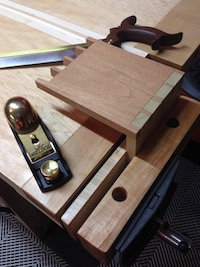
Practice, practice, practice
There are many skills that I aim to improve. The list never gets shorter nor should it be. Learning new skills and using my brain takes me out of my comfort zone. That’s where I want to be.
My plans include learning the best ways to plane, saw, glue up, shape and finish. There are many skills out there. I know I’ll get better and more comfortable applying the skills I know. This leads to a real awakening as new project ideas and possibilities are revealed.
Planing
It is a sharp blade that does the job!
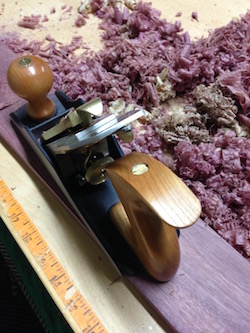
Sawing
Learning how to saw straight … that affects everything that comes after!
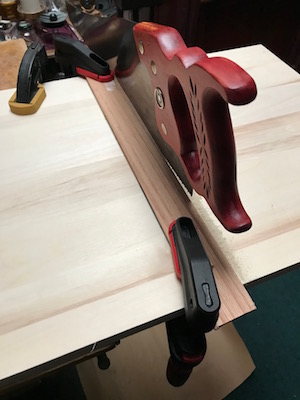
Edge gluing
Learning how to glue up properly is as important as making wood joints.

Flattening panels
It’s all courage and confidence here.

Mortising
Learning to do these opens up a whole new world.
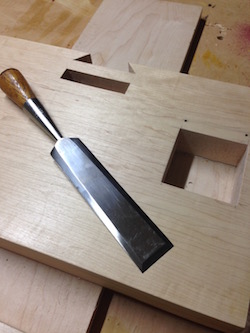
Finishing
This can make or break a project.

Staining
This, too.
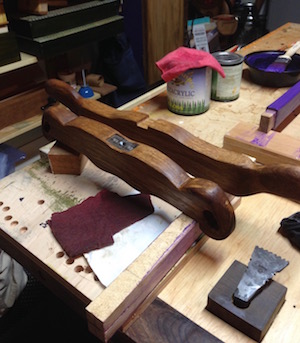
Sharpening – setup
Do this competently and all is right in the shop!
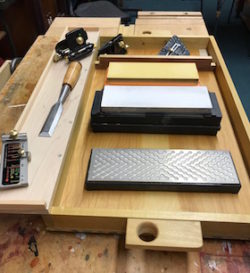
Sharpening – curves
Just when you thought sharpening straight or flat blades was all that had to be learned…
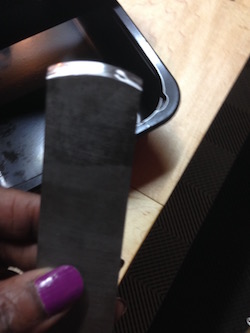
Sharpening – saws
With saw sharpening services increasingly hard to find, who else is going to do it?
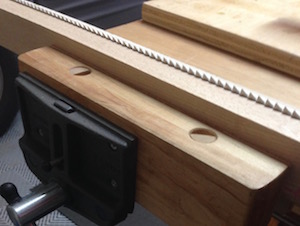
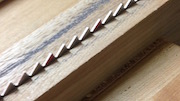
Wish list skill – accepting mistakes
If I make mistakes, I laugh at myself or feel on the brink of tears.
Subconciously, I know where the misstep occurred. I might even trace it back to the moment that I chose the wood at the lumber yard. It could have been when I eyeballed a measurement one too many times. Or I substituted an old finish I had on hand instead of mixing up a fresh batch.
A hundred different things could have happened that I did or did not see. Instead, I kept on going. And now I’m here.
In the back of my brain, I knew it.
So, in that moment, I smile, palm it off on the law of old Mr. Murphy** and go back to work.
That’s skill.
💙 -Shirley J
** referring to the fact that the Murphy bed, patented in 1900, was based on the cabinet bed patented by Sarah Goode five years earlier and what else? Murphy’s Law, of course.
💙💙

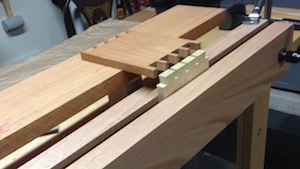
2 thoughts on “● Wish List: Skill”
Very good I am loving it, practice practice makes perfect.
Thanks for reading. I appreciate your words.
Comments are closed.